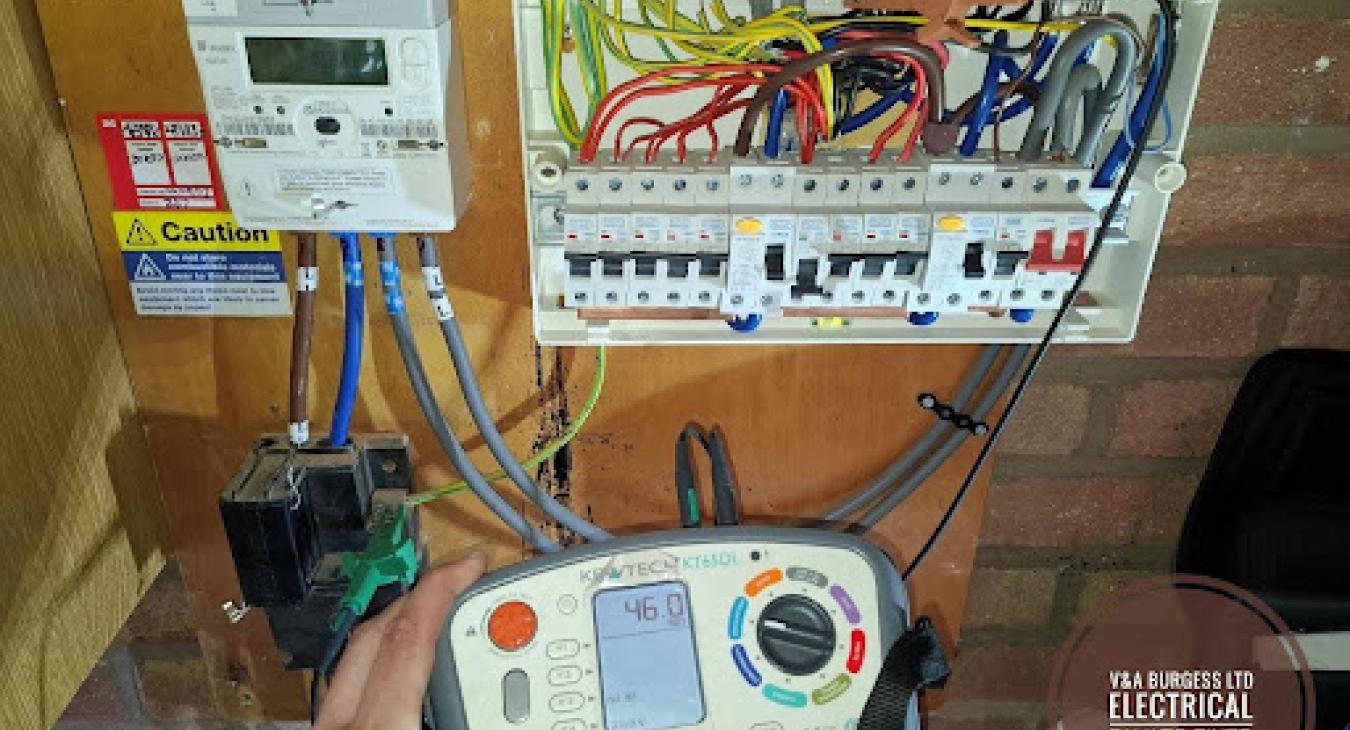Top 10 Reasons for an EICR fail - Expert Insight
Every property that contains an electrical system should be tested and inspected from time to time.
Every property that contains an electrical system should be tested and inspected from time to time. The frequency of testing recommended or required will depend upon the type of property, its use, and risks to the users of the electrical systems. Additionally, the local authority in the area within the which the property is situated may have additional requirements as is often the case with rental property.
The best way to check the electrical system is safe, limit the risk of electric shocks and faulty wiring is to have the property professionally inspected to compare its condition with modern electrical safety standards. This is done through a periodic electrical inspection that produces a document called an EICR or Electrical Installation Condition Report.
The report will often contain several classification codes and each classification code reflects the severity of the situation discovered by the inspector. In this article we will look at the 10 most common reasons why an EICR would be returned as UNSATISFACTORY or FAIL.
- Inadequate Earthing and Bonding - Missing or deficient earthing and bonding are one of the most frequent causes of an unsatisfactory EICR result. Earthing arrangements can change over time on the supply side of the electrical installation or with changing regulations which can lead to earthing and bonding becoming outdated, insufficient, or potentially dangerous.
- Consumer Unit Deficiencies - Issues such as a lack of RCD protection, loose covers, damaged enclosures, poor IP ratings, access to live parts and obvious damage to the consumer unit and its components can result in an UNSATISFACTORY result on an EICR.
- Deteriorated Wiring and Insulation - Older wiring and damaged cabling can present a safety risk. Rubber or lead sheathed cables are outdated and likely dangerous now and should be replaced. Some older PVC wiring will now be deteriorating and may require replacement. Testing will highlight the condition of the wiring and its insulation.
- Faulty or Outdated Accessories - As accessories like sockets and switches age, they are subject to wear and tear, cracking, overheating and can result in a potentially dangerous situation. If accessories are visibly badly damaged or providing a very high resistance this is likely to result in an EICR that is UNSATISFACTORY.
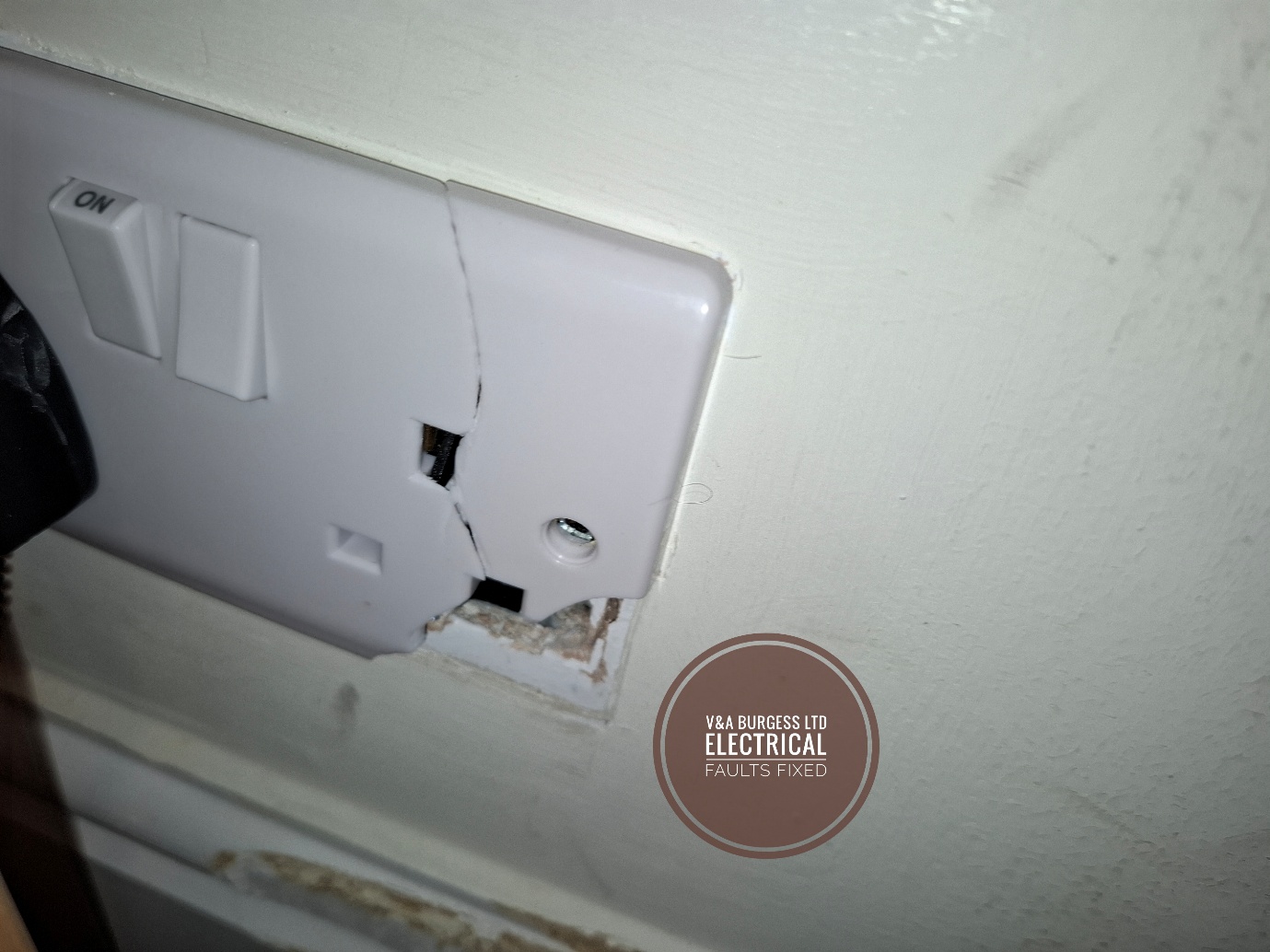
- Incorrect Circuit Protection - Overcurrent Protective Devices such as fuses and circuit breakers are scrutinised during an EICR inspection. Such devices are subject to a thorough visual inspection to identify any potential hazards such as mismatched devices and cable sizes, signs of damage and age of devices.
- Absence of RCD Protection - Where electrical circuits supply socket outlets, bathrooms or outdoor areas, RCD protection is absolutely vital to prevent the risk of serious electrical shocks.
- Signs of Overheating and Thermal Damage - Discolouration near fuse boxes, consumer units, electrical accessories and equipment can indicate that there are loose connections, high resistances, overloading, and significant danger. Such damage should not be ignored and will result in an UNSATISFACTORY EICR.
- Unsafe Installations in Bathrooms or other areas - Where cables have been installed incorrectly, IP ratings have been ignored, lack of electric shock protection is present or issues with electrical items such as downlights is present, it is likely that the resultant EICR will be unsatisfactory. Bathrooms present additional risk as the likelihood of electrical shocks increases.
- DIY Alterations and Non-Compliant Additions - The electrical regulations are long and complex and compliance requires a thorough understanding. Where DIY work has been carried out, this rarely complies with such regulations. Certification has often not been carried out when electrical work has been done and his is often accompanied by poor workmanship.
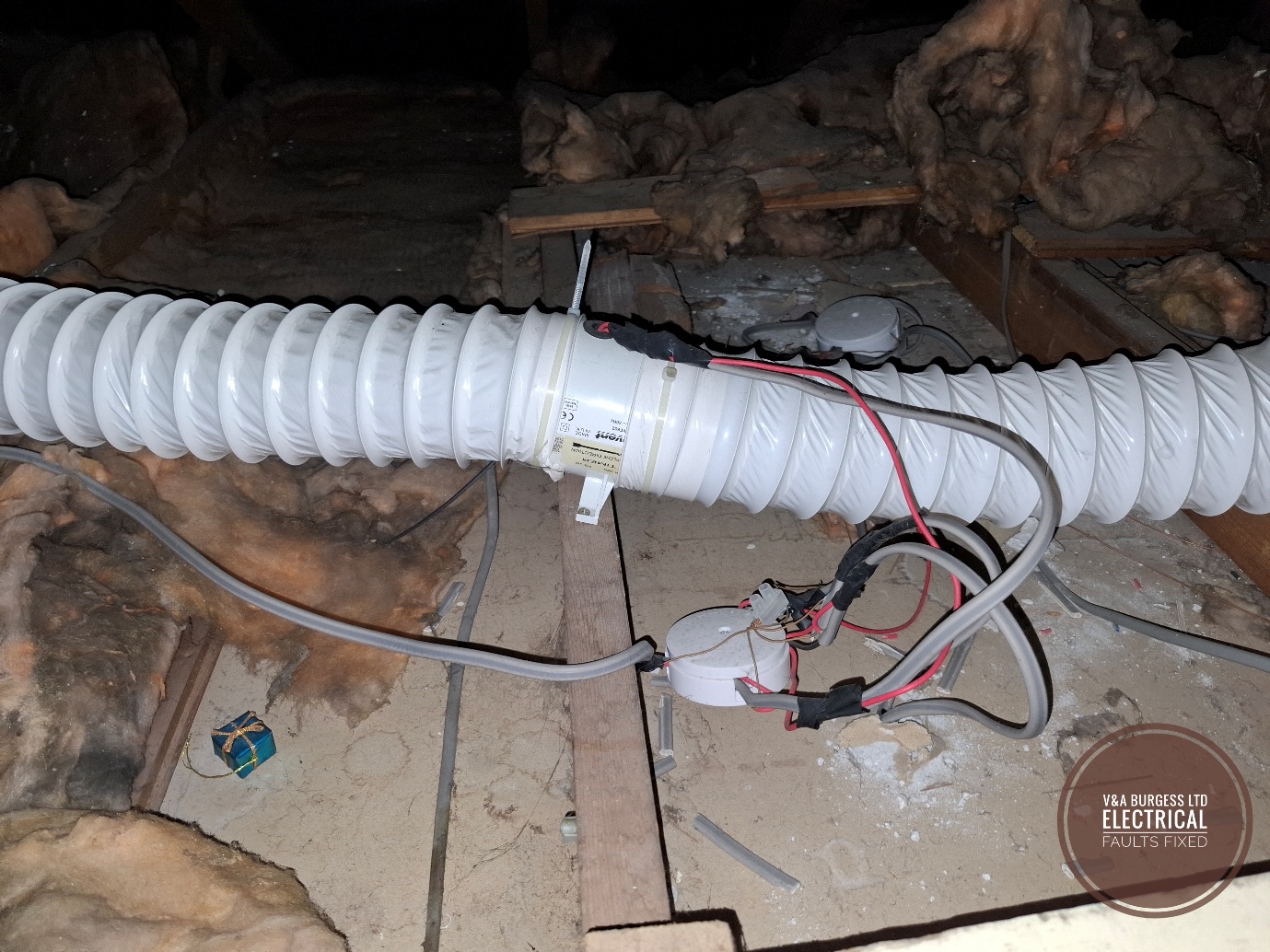
- Lack of Maintenance and Testing - A lack of periodic maintenance, documentation and testing is not usually itself a cause for an UNSATISFACTORY EICR although where inspections have not been carried out for long periods there are likely to be many defects, dangerous situations and issues that require fixing. Regular inspections can help fulfil any legal requirement that may be in place, help to meet current safety standards and prevent EICR failures.
1) EICR MYTHS
There are many common EICR Myths that are floating around and it’s time we dispel these. At the time of writing in 2025 the following are currently EICR myths:
- A plastic consumer unit is an automatic fail - No, it isn't. Some people say that plastic consumer units are ILLEGAL!!! If there is evidence of thermal damage, missing components, cracked or loose case then this is a different matter and will often result in an UNSATISFACTORY EICR. Simply failing an electrical installation for a plastic consumer unit is not correct, there have to be other factors.
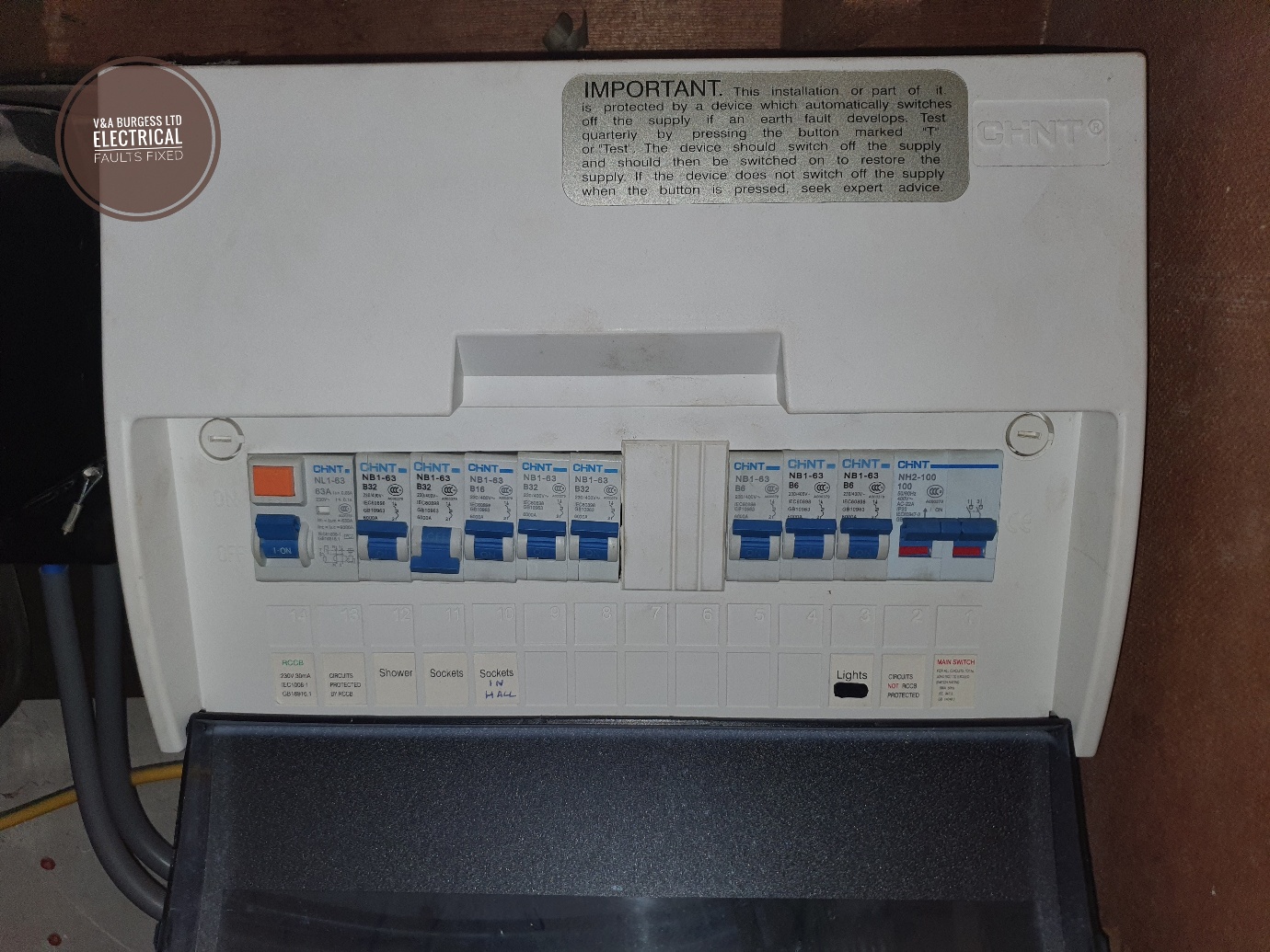
- No RCD means a failed EICR - Again, not true. There are different electrical circuits that require RCD protection and others that may not. The inspector assesses the risk and allocates any observation codes as they see fit using engineering judgement. Inspectors have leeway and are allowed to use their own judgement when assessing electrical systems. A knowledgeable and professional electrical inspector will be able to correctly assess risk.
- If it’s not up to the latest wiring regs it will fail - Simply not true. If this was the case, every time the wiring regulations changed, we would have to classify all electrical systems wired previously as potentially dangerous when carrying out electrical testing.
- DIY work means automatic fail - Simply because work has been carried out by someone other than an electrician does not mean the EICR will "fail". Work has to comply with BS7671 wiring regulations and the Building Regulations. If it complies, no problem. For your peace of mind, its best to always use an electrician.
- C3 Observations make an EICR unsatisfactory - Nope. They don't. A C3 code means there are some improvements that are recommended in order to make the electrical system, better, safer or to prevent further deterioration.
- It’s only a failure if something is broken - Not true. You can have a broken oven in your home, a light switch that doesn't work, a light fitting without bulbs in place or other issues and they may only be classified as a C3. You can also have everything appearing to work perfectly to the untrained eye and the electrical system can be lethal! only a professional will be able to assess the system properly.
- You need to upgrade every time the wiring regulations change - Nonsense. There is no need to make changes to the electrical system every time the wiring regulations change. Leaving the electrics untested, unmaintained, and unloved for 20 years may cause issues though so get yourself a good electrician.
- Visual Inspections are enough; no testing is required - Unfortunately not. If someone is telling you that they can ascertain the condition of your electrical system purely by having a quick look around then RUN. Whilst we are able to determine various electrical issues like possible danger, age of wiring and electrical system capabilities through visually checking, SERIOUS dangers can lurk within electrical circuits and without a detailed report, in-depth investigation, and further investigation beyond the visual, there will be no way of knowing the condition.
2) What happens after an EICR fail?
Whilst certain property owners will have a legal obligation to obtain an EICR certificate (it’s not a certificate by the way it’s a report), privately owned homes that are not rented have no obligation to have electrical checks carried out, necessary repairs undertaken or to have a unsatisfactory electrical installation condition report made good! Crazy right?
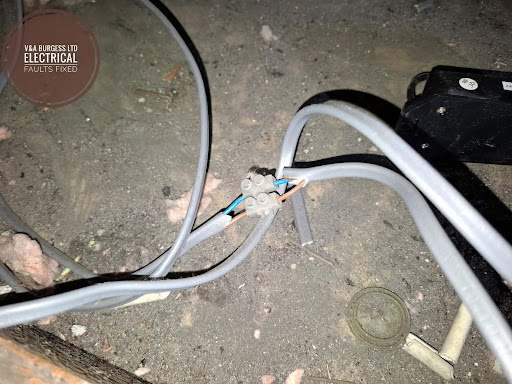
Whilst I appreciate that most of you will be concerned by an unsatisfactory report and will want to carry out repairs to rectify electrical faults, potential dangers and to limit fire risk there are people who will simply leave it and bury their head in the sand.
I would strongly recommend that after an unsatisfactory EICR has been produced that all repairs are carried out.
In order to achieve a SATISFACTORY result from an EICR all C1,C2 and FI codes (see article) will need to be eliminated. This may mean new consumer units, replacement circuit breaker or RCD devices and more.
Back to top3) The importance of a Qualified Inspector and Reputable Company
The world of electrical inspections has exploded in recent years and, along with it, the influx of the cheap landlord inspection. All inspections are not created equally unfortunately and whilst quotes for inspections can vary wildly the time taken to carry out a thorough inspection will not. There is no way around it; in order to properly assess an electrical system in a typical 3 bedroomed house it should take around 3 to 4 Hours. Larger homes and businesses will likely take longer to inspect.
It is not possible to correctly carry out an electrical inspection for £50-£100 in 90% of properties as this simply is not enough money to sustain a business. There are a number of possible reasons for carrying out inspections this cheaply including:
- Not doing a thorough job - Testing from the van as it’s known is a situation where an inspector will either not enter the property or will spend very little time at the address and then get out of there as soon as possible.
- Deliberately failing an installation - Cheap initial price on the inspection in order to fail minor issues, inflate the repair quote or who knows what other reasons!
- Lack of knowledge - Where the inspector is not qualified, experienced or knowledgeable, they may do very limited testing or checks resulting in a quick inspection that tells you very little about the condition of the electrical system in the property.
4) What is Remedial Work after an EICR?
When the EICR process has highlighted issues, the necessary steps to put things right will require some remedial works. Remedial works can range from further testing and fault finding to fix broken circuits, missing earthing, or high resistances right through to replacement consumer units and rewiring. With a thorough electrical report, it may be easier to get several estimates for remedial works.
Back to top5) Conclusion
Whilst there are many reasons that an EICR may fail, electrical inspectors have discretion over the classification codes that they apply to installations. This discretion can occasionally lead to overzealous coding of any observations. It’s important to get the right inspector and ask them to explain or back up their findings if you are unsure. A qualified electrician should use industry guidance when applying codes to observations such as "Best Practice Guide 4", a freely available document online.
Back to top
